Search Results
155 records found

Spirited Away (2001)
No film in Miyazaki’s oeuvre haunts me like Spirited Away. One reason is the evocation of a seemingly impenetrable, incalculable world with rhythms and rituals that seem all the more opaque and unnerving because they are routine and transparent to those that are of that world.
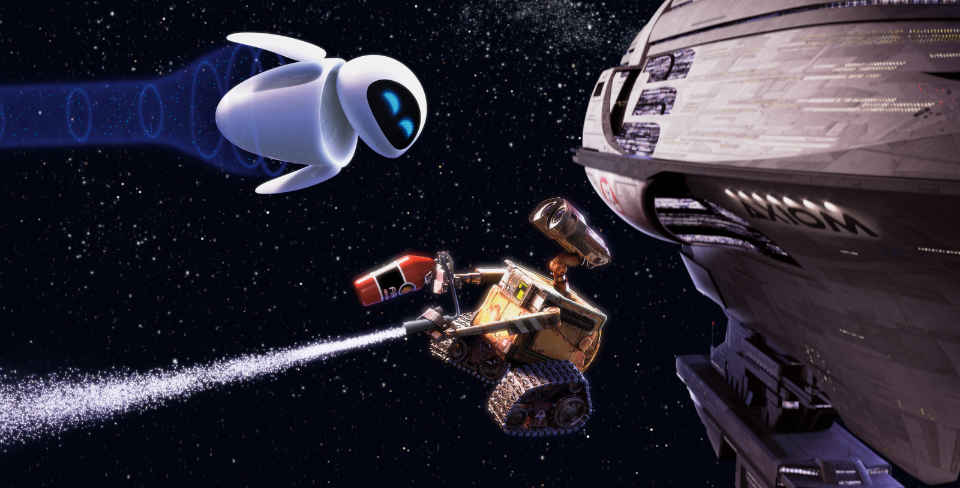
WALL•E (2008)
Even Pixar has never attempted anything on a canvas of this scale. From Monsters, Inc.’s corporate culture to Finding Nemo’s submarine suburbia, previous Pixar films have never strayed too far from the rhythms of real life. … WALL‑E creates a world that, despite clear connections to contemporary culture, looks and feels nothing like life as we know it, with unprecedented dramatic and philosophical scope.
Race to Witch Mountain (2009)
Rather than a coming of age story, then, Race to Witch Mountain is a dark family action-adventure movie, with moderate doses of X-Files paranoia and Galaxy Quest sci-fi fandom satire, and a sometimes obnoxious rock soundtrack. It’s slicker, darker and funnier than the original films, though wall-to-wall action makes it a bit of a one-trick pony, and prevents the characters from catching their breath and displaying more than one side.
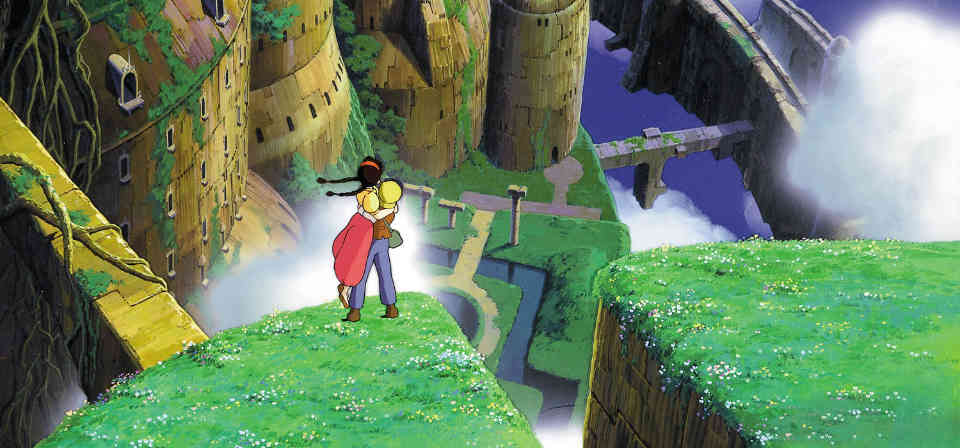
Laputa: Castle in the Sky (1986)
From the Leonardo-like engineering illustrations of the opening credit sequence to the hauntingly surreal final image on the edge of space, Hayao Miyazaki’s Laputa, or Castle in the Sky as it’s been dubbed for English-speaking audiences, displays the filmmaker’s visionary brilliance as a shaper of worlds as compellingly as any film he has made.
Porco Rosso (1992)
Seaplanes combine Miyazaki’s twin gravity-defying loves of water and sky, flying and floating, as well as his affinity for vintage technology — and the movie’s haphazard, kitchen-sink style suggests that the director just wanted to kick back and have fun with this one. There are aerial dogfights, star-crossed romance, gorgeous scenery, a hat tip Fleischer-style vintage animation, a rip-roaring escape sequence set in Milan, a nightclub where enemies sit at adjacent tables like Rick’s in Casablanca and the proprietress sings torch songs, and a showdown between the titular hero and an American antagonist that plays like the ultimate Humphrey Bogart / Errol Flynn smackdown that never was.
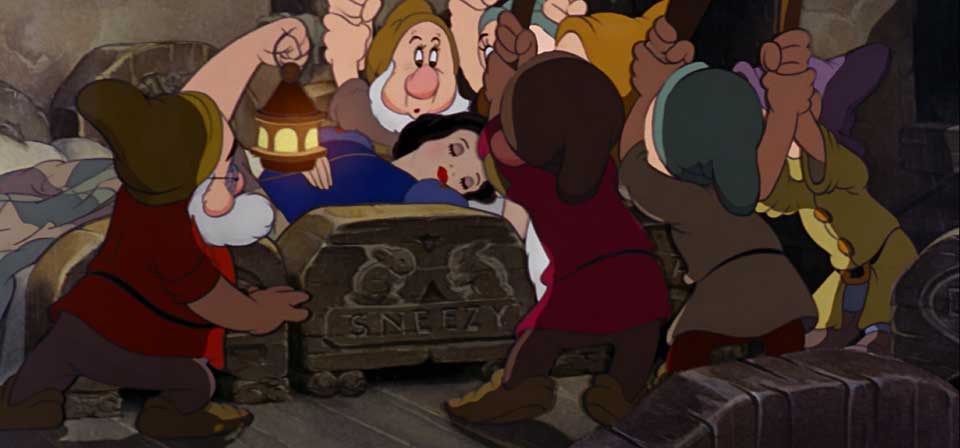
Snow White and the Seven Dwarfs (1937)
Walt Disney’s Snow White and the Seven Dwarfs is widely celebrated as a beginning, the first feature-length animated film in Hollywood history. It’s just as correct, though, and perhaps more illuminating, to hail it as a culimination — as the crowning achievement of years of experimentation, discovery, growth and achievement by Disney’s animation team.

Pete’s Dragon (2016)
I’m almost afraid to say it out loud, or even in writing, but with Pete’s Dragon joining The Jungle Book and Cinderella, Disney may be giving the lie to the old cliché “They don’t make ’em like that any more.”
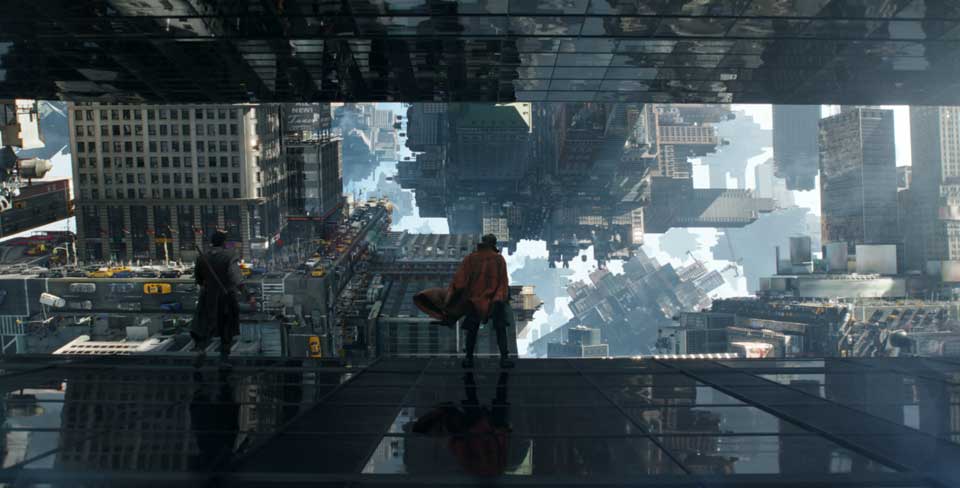
Doctor Strange (2016)
The paradox of contemporary Hollywood blockbusters is that in our time virtually anything conceivable, no matter how wild and out there, can be put on the screen, but it almost never is.
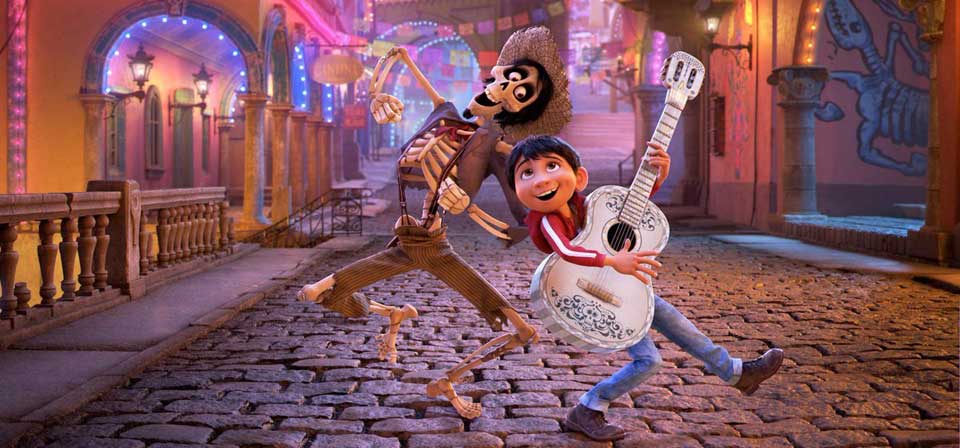
Coco (2017)
I’m tempted to say I’d like to see the version of Coco Pixar would have made 10 years ago. Not really, I guess, since then we wouldn’t have Ratatouille. Still, I can’t help wondering what the team that made Ratatouille might have done with Coco.
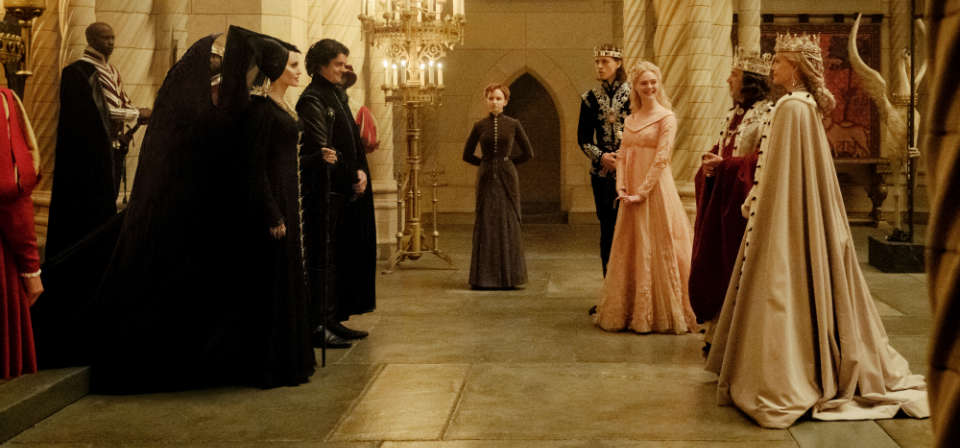
Maleficent: Mistress of Evil (2019)
It’s tempting to suppose that Maleficent: Mistress of Evil opening in the wake of Columbus Day isn’t a coincidence.

Doctor Strange in the Multiverse of Madness (2022)
I’m thinking of a moment in the original movie in which Stephen looks skeptically at a deeply corrupted individual nattering about the greater good and retorts, “No. I mean, come on — look at your face.” Nobody says that in the sequel, but they should.
Return to Never Land (2002)
Return to Never Land is Peter Pan Lite, if I can say that without conjuring images of low-fat peanut butter.
Oliver & Company (1988)
The last gasp of Disney Animation’s post-Walt malaise before the 1990s Disney renaissance, Oliver & Company borrows names and vague situations from Oliver Twist, but in place of Dickens’s sentiment and Victorian moralizing Oliver has only a misguided stab at “attitude.”
Pinocchio (1940)
Emotionally resonant, visually dazzling, imaginatively captivating, thematically rich, Walt Disney’s Pinocchio may just be the greatest of all the early Disney masterpieces, possibly outshining Snow White, Fantasia and Bambi.
Secretariat (2010)
The Old Testament book of Job may be an unlikely source for an epigram for a feel-good Disney sports movie, but Secretariat screenwriter Mike Rich (The Nativity Story) has a good reason for going to this least feel-good of all biblical books. If God wasn’t actually thinking of Secretariat when he challenged Job in chapter 39, at least Secretariat was about as perfect an embodiment of what God had in mind, not only when he spoke to Job, but when he created the horse in the first place.
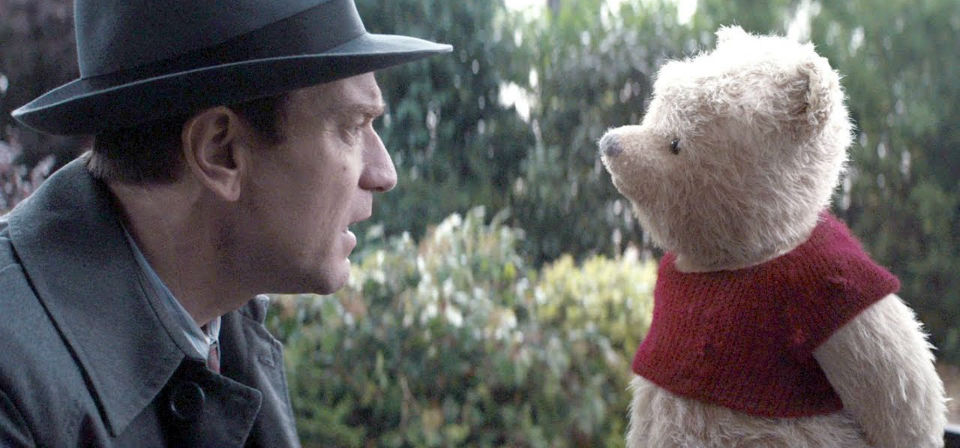
Christopher Robin (2018)
When such movies are done well, you get, say, The Incredibles or John Favreau’s Chef. When they aren’t, you get Jim Carrey in Mr. Popper’s Penguins or Steven Spielberg’s Hook — possibly the closest analogy for Christopher Robin, though Hook, for all its flaws, was clearly a personal film for Spielberg, whereas Christopher Robin feels cobbled together from bits and pieces of other movies without a cogent vision of its own.
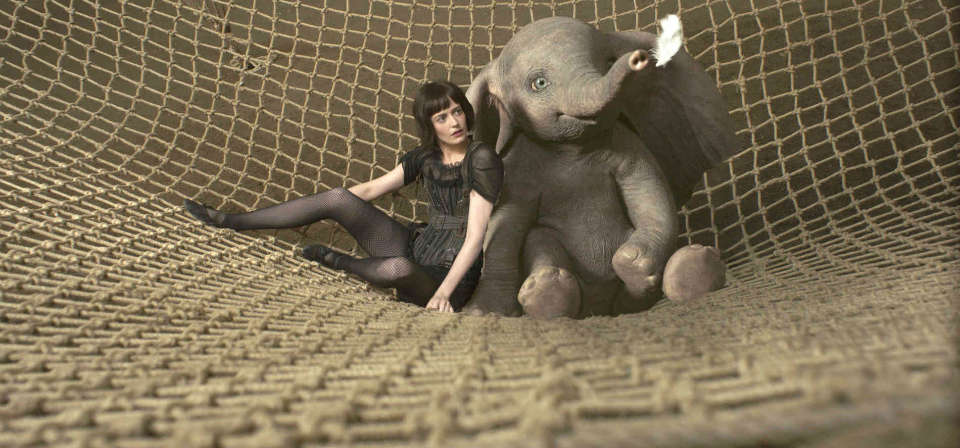
Dumbo (2019)
The Disney nostalgia train rumbles on with Tim Burton back at the throttle — not quite throttling the iconic tale of the flying baby elephant, but only barely rising to the challenge, sort of like Casey Junior struggling to clear that daunting hill.
Peter Pan (1953)
For millions of children and adults, Disney’s Peter Pan is THE Peter Pan, as well as a defining moment in Disney animation, giving the studio its logo mascot, Tinker Bell.
The Santa Clause 2 (2002)
Like those MasterCard ads that, while admitting that “there are some things that money can’t buy,” still manage to suggest that even these things are somehow among the many benefits of using MasterCard, The Santa Clause 2 is strangely reticent about the idea that Christmas is ultimately about anything other than presents from the red-suited guy.

Sleeping Beauty (1959)
A worthy successor to the early classics Snow White and Pinocchio, Sleeping Beauty is the one great fairy-tale adaptation of Disney’s post-war period, outshining Cinderella and unrivaled until 1991’s Best-Picture candidate Beauty and the Beast.
Recent
- Watch: The Song of Bernadette and Lourdes – An Arts & Faith Top 100 discussion with Kenneth R. Morefield
- The face of God in Cabrini
- Cabrini celebrates human dignity and solidarity; the saint remains an enigma
- Dune: Part Two exceeds expectations in every way — except humanity
- Dune and The Lord of the Rings
Home Video
Copyright © 2000– Steven D. Greydanus. All rights reserved.